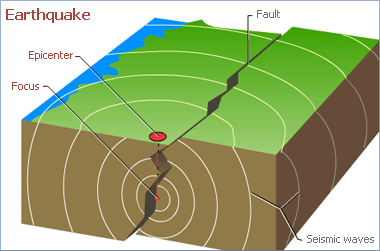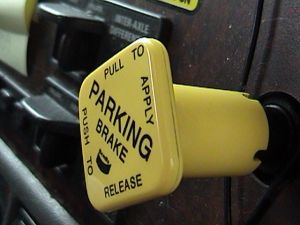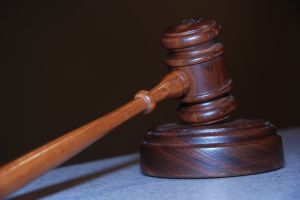As your Oakland car accident law firm, The Brod Law Firm knows that collisions are often the result of a number of complex factors. An important part of our practice is reconstructing crashes to determine what happened. Often, a negligent driver is the primary cause of a crash. However, many other factors can contribute to the occurrence of an accident and the severity of any injuries. The Oakland Tribune recently interviewed a researcher who is studying an important element of safe driving – the quality and condition of the road itself.
Eighty-five year old Carl Monismith has spent his career studying pavement. Monismith recently retired from his role as director of the University of California Pavement Research Center. During the years following World War II, the highway system was in poor shape and the state assigned the program the task of testing pavement materials to help improve a highway system. The state Department of Transportation wanted to find a way to design and maintain road surfaces resistant to rutting and other decline. The program was boosted in 1989, with a National Strategic Highway Research Program that led to a $9.5 million asphalt testing project, and in 1994, with Caltrans’ interest in an accelerated pavement test program.
The Center uses two heavy vehicle simulators to run real wheels across pavement samples. Those machines allow the researchers to better understand the various substances that compose our roadways. Other pieces of equipment at the Center focus on the impact that water has on samples with results ranging from deformed to nearly-perfect surfaces. As Monismith notes, pavement failure stems from decay over time rather than a sudden event and the project seeks to mimic those conditions.
 San Francisco Injury Lawyer Blog
San Francisco Injury Lawyer Blog














 Early Tuesday morning, Chevron held a press conference to discuss the events of the prior day. According to
Early Tuesday morning, Chevron held a press conference to discuss the events of the prior day. According to  Bicycling is a great way to commute around town. It allows riders to get in some exercise and has the advantage of alleviating traffic and pollution. However, bicyclists share the road with motorized vehicles of all sizes and are subject to the same traffic rules. Bicyclists are also subject to the same dangers on the road as other vehicles, yet while
Bicycling is a great way to commute around town. It allows riders to get in some exercise and has the advantage of alleviating traffic and pollution. However, bicyclists share the road with motorized vehicles of all sizes and are subject to the same traffic rules. Bicyclists are also subject to the same dangers on the road as other vehicles, yet while With those events still fresh in resident’s minds, it is hard to imagine the fear that must have enveloped the neighborhood when news of a gas line break filtered through the community on Thursday August 2. According to the
With those events still fresh in resident’s minds, it is hard to imagine the fear that must have enveloped the neighborhood when news of a gas line break filtered through the community on Thursday August 2. According to the  In a rare turn of events, a passenger was slapped with a ticket for driving under the influence on Friday. According to
In a rare turn of events, a passenger was slapped with a ticket for driving under the influence on Friday. According to 